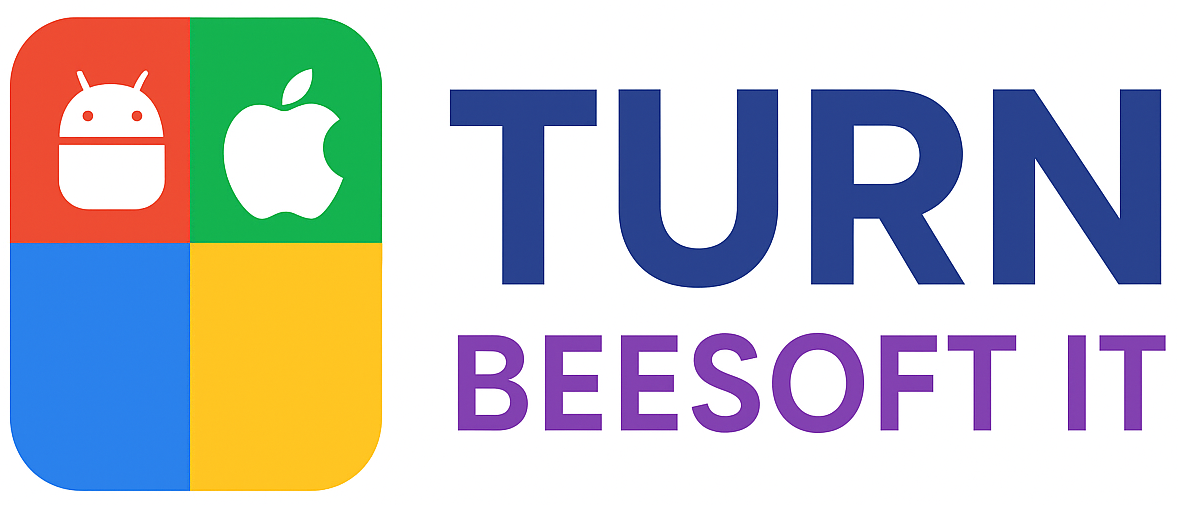The ability to display files and folders marked as concealed within the Android operating system is a useful function for troubleshooting system issues, accessing specific application data, or managing storage space. Typically, files prefixed with a period (“.”) or located within system-protected directories are designated as hidden to prevent accidental modification or deletion by the user. An example would be viewing the “.nomedia” file in a directory, which prevents media files within that folder from appearing in gallery applications.
Accessing these concealed elements provides increased control over the device’s file system. This capability can be particularly beneficial for developers and advanced users who need to directly manipulate application settings or system configurations. Historically, gaining this visibility required rooting the device, however, modern file managers offer built-in features to reveal these files without requiring elevated permissions.
